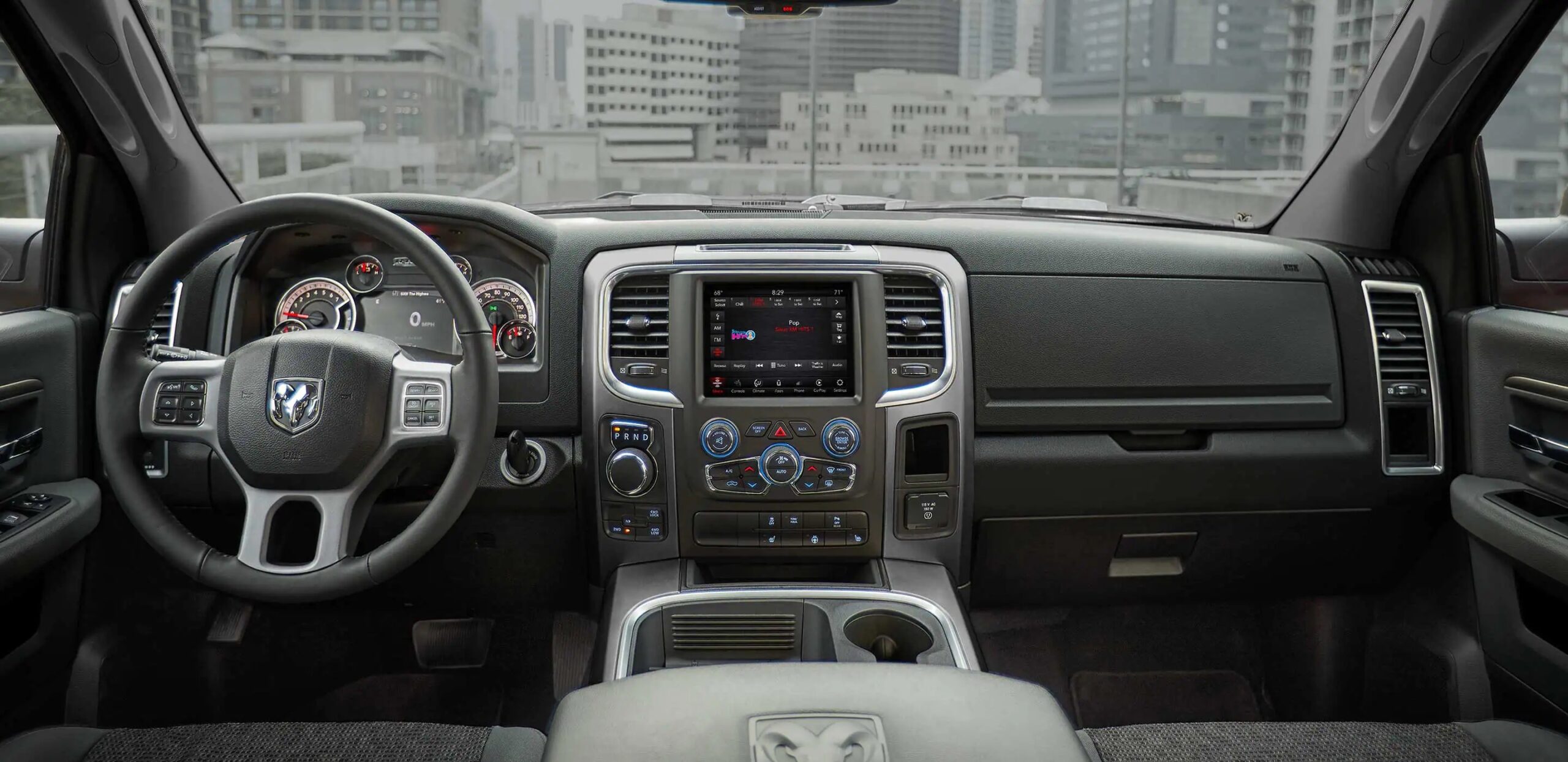In the annals of automotive history, few separations have been as consequential as the split between Dodge and Ram. While both names have proudly represented American engineering, their paths diverged in significant ways that have reshaped their identities in the market. In this exploration, we will delve into the timeline, the motivations behind the split, and the implications for both brands and their loyal followers.
To understand when Dodge and Ram split, it is essential to reflect on the historical context of the two brands. Dodge began its journey in the late 19th century, originally producing bicycles before transitioning into automobiles in the early 1900s. The company quickly gained a reputation for powerful engines and rugged vehicles, becoming a staple in American garages. Conversely, Ram was initially a part of Dodge, launched as a trim level for its trucks during the 1980s. It wasn’t until the mid-1990s that Ram began to emerge as a distinct brand.
The pivotal moment in this long-standing relationship came in 2009 when the Chrysler Group faced bankruptcy and underwent a massive restructuring. As a part of this reorganization, the management team made a strategic decision to separate Ram from the Dodge brand. The objective was twofold: streamline operations and enhance brand focus. Recognizing the truck segment as a burgeoning market, the Chrysler Group believed that Ram, as a standalone brand, could cater more effectively to truck enthusiasts without being overshadowed by Dodge’s more diversified lineup.
The culmination of this separation was formally announced in 2010, when Ram was established as a distinct brand, complete with its own logo and marketing strategy. What this meant for consumers was a newfound emphasis on trucks and commercial vehicles, allowing Ram to carve out a niche that would be more competitive in an evolving automotive landscape.
Since then, the delineation between Dodge and Ram has continued to deepen. Dodge focused predominantly on the muscle car and performance vehicle market, featuring iconic models such as the Charger and Challenger. Meanwhile, Ram capitalized on its heritage by relentlessly innovating within the truck segment, introducing models such as the Ram 1500 and Ram Heavy Duty, which have garnered numerous awards for excellence in design and capability.
One of the most noteworthy aspects of the split was the shift in brand philosophy. With Ram now a standalone entity, there was a greater freedom to innovate. The introduction of features like the RamBox cargo management system and the eTorque mild hybrid system reflects a commitment to modern engineering solutions that meet the needs of contemporary truck owners. In contrast, Dodge doubled down on performance, offering more powerful engines and sleek designs that appeal to a new generation of car enthusiasts.
This separation has had significant market implications as well. The consolidation of Dodge and Ram under one roof—initially seen as a synergy—transformed into a scenario where both brands could thrive on their unique strengths rather than compete against one another for market share. In doing so, both brands have fostered distinct cultures. Ram began to cultivate a loyal customer base of truck users who value utility and durability, while Dodge maintained its reputation among performance aficionados.
However, the split did not occur without challenges. The rebranding of Ram required considerable investment in marketing and customer education. Many consumers remained unaware of the change, leading to confusion regarding models and features. Nevertheless, responsible marketing strategies and the rollout of innovative models helped to solidify Ram’s identity over time.
Today, the distinction between Dodge and Ram is clear—even if the roots run deep. The successful launch of models like the Ram 1500 has confirmed the efficacy of the split. Named the 2019 MotorTrend Truck of the Year, the Ram 1500 showcases the brand’s commitment to versatility and capability, appealing to both casual drivers and professionals alike.
Moreover, the Ram brand has embraced modern technologies—from advanced safety features to smart infotainment systems—further establishing itself in a highly competitive marketplace. This aligns with the movement towards electric vehicles (EVs), where both brands are expected to make significant strides in the coming years.
In conclusion, the narrative of Dodge and Ram’s split is far more than a mere corporate decision; it is a saga of evolution within the automotive industry. By understanding the timeline of this separation, aficionados and casual observers alike can appreciate how each brand has forged its own destiny. While Dodge continues to appeal to those with a thirst for speed and excitement, Ram thrives in its commitment to building robust vehicles that meet the diverse needs of its customers. Both brands stand as titans in their respective fields, illustrating the importance of specialization in an industry marked by rapid innovation and changing consumer preferences.
As both brands move forward, their separate identities will undoubtedly continue to evolve. With an ever-growing focus on sustainability, technology, and user experience, the future looks bright for both Dodge and Ram. This fascinating divergence in their journey serves as a testament to the ever-adaptive nature of the automotive world.
